EQB Meets Aug. 9 On Final Reg. Setting Manganese Toxics Water Quality Standard, RACT For Major Sources Of Nitrogen Oxides
PA Environment Daily
JULY 27, 2022
The Environmental Quality Board is scheduled to meet August 9 final regulation setting a science-based manganese standard of 0.3mg/L as a Water Quality Criteria for Toxic Substances to protect public health and environment and make the point of compliance for the standard at the point of discharge into a river or stream. Read More here.


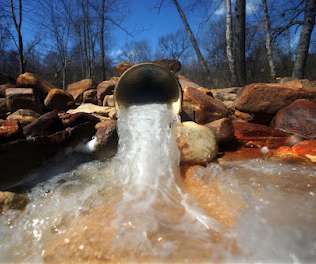


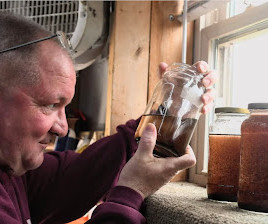
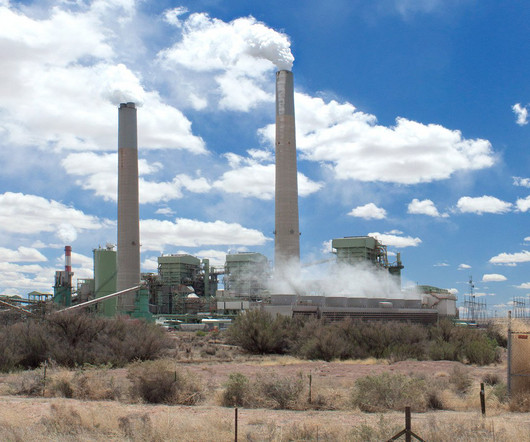

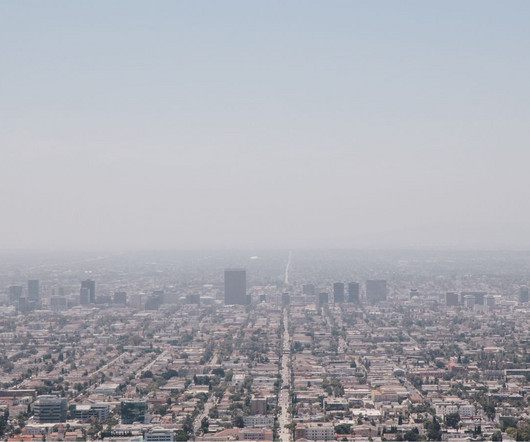
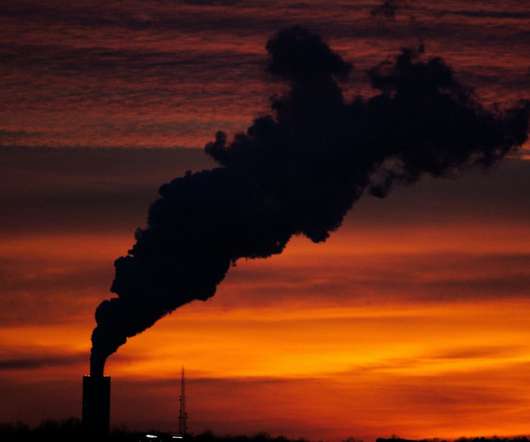
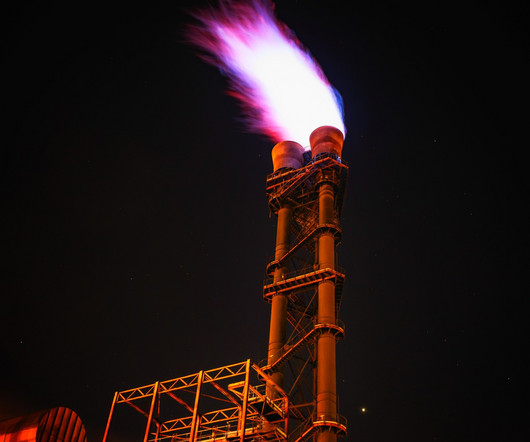
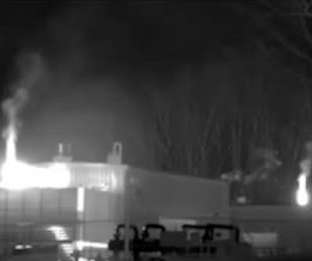










Let's personalize your content